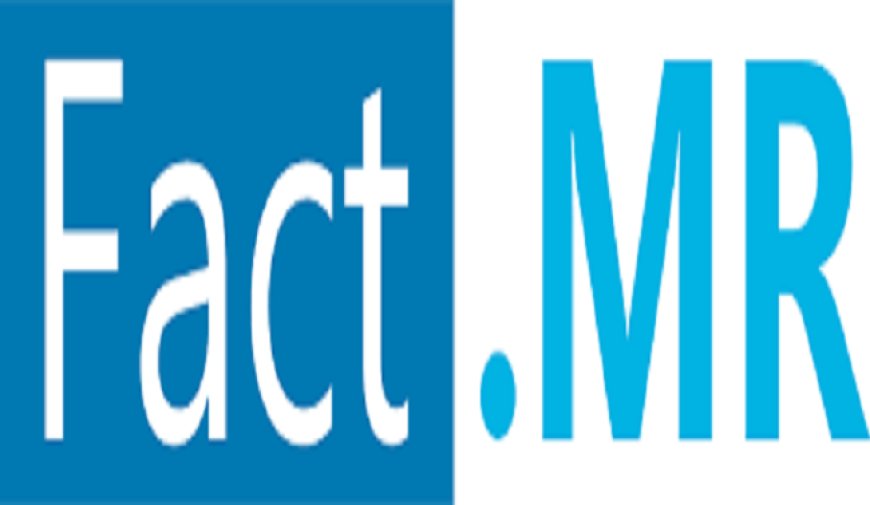Power Semiconductors Segment to Hit $9.84 Billion by 2034
Gallium sales are projected to rise from USD 2.45 billion in 2024 to USD 21.53 billion by 2034, with the market expected to grow at a remarkable CAGR of 24.3% over this period.

The gallium market is witnessing significant growth due to its essential role in advanced technologies, particularly in the semiconductor and electronics industries. Gallium, a soft, silvery metal, is prized for its ability to conduct electricity and its unique properties that make it ideal for high-tech applications. It is widely used in the production of gallium arsenide (GaAs) and gallium nitride (GaN), compounds that are vital to the functionality of LEDs, high-speed switching devices, and radio frequency components in mobile phones and other communication systems. Gallium’s applications also extend to the solar power sector, where it is used in the production of high-efficiency solar cells, and the medical field, where gallium-based compounds are used in certain imaging and diagnostic tools. As demand for advanced electronics grows, the market for gallium is expected to expand, attracting more investment and technological development.
Gallium sales are projected to rise from USD 2.45 billion in 2024 to USD 21.53 billion by 2034, with the market expected to grow at a remarkable CAGR of 24.3% over this period.
Market Insights
Insights into the gallium market reveal that increasing demand in emerging technologies is a key driver of growth. The rise of 5G technology, electric vehicles (EVs), and renewable energy systems is fueling the need for gallium-based materials that support high-performance applications. In the semiconductor industry, GaN has become particularly important, as it provides higher energy efficiency and thermal performance compared to traditional silicon-based materials. Additionally, in the solar power industry, gallium is used in thin-film photovoltaic cells, which offer enhanced efficiency in converting sunlight to energy, making it valuable for both terrestrial and space applications. Another area of interest is gallium’s role in medical diagnostics, where gallium isotopes are used for imaging. With technological advancements making gallium production more efficient, its use in these high-tech applications is expected to broaden in the coming years.
Dynamics and Growth Factors
Several dynamics and growth factors are influencing the gallium market, ranging from technological advancements to supply chain developments. Key factors include the expansion of the consumer electronics market, the global shift toward renewable energy, and the rollout of 5G networks. The demand for energy-efficient electronic devices has intensified interest in GaN semiconductors, which outperform traditional materials in terms of power handling and efficiency. Moreover, the electric vehicle industry is adopting gallium compounds for applications in charging infrastructure and power electronics due to their high efficiency and lower heat generation. The supply chain for gallium is also evolving, with many countries prioritizing domestic gallium production to reduce dependence on imports. Governments are investing in gallium-related research and manufacturing facilities to support industries that rely on high-performance materials, helping to strengthen the supply chain and address potential bottlenecks.
List of Key Companies Profiled in The Report
- Aluminium Corp. of China Ltd.
- Nalco
- Sumitomo Electric Device Innovations, Inc.
- GEO Gallium
- NXP Semiconductors
- Others
Recent Industry News
Recent industry news highlights the gallium market's strong momentum, with companies and governments investing in production capacity and technological advancements. Several countries have initiated projects aimed at boosting domestic gallium production to secure a reliable supply of this critical material. For instance, key players in the semiconductor and electronics sectors have announced plans to expand their gallium arsenide and gallium nitride manufacturing capabilities to meet the rising demand from 5G infrastructure, electric vehicles, and other high-tech industries. Furthermore, new alliances and partnerships are being formed between manufacturers and technology firms to drive innovation in gallium-based products, such as high-performance semiconductors and efficient solar cells. These developments are reflective of the strategic importance of gallium and signal a bright future for its applications across a variety of sectors.
Notable Developments
The gallium market has witnessed several notable developments that underscore its critical role in emerging technologies. Technological advancements in GaN and GaAs have enabled manufacturers to create highly efficient, compact components for electronics, helping to reduce the size and improve the performance of consumer and industrial devices. In the renewable energy sector, researchers are developing gallium-based solar cells that can operate efficiently in low-light conditions, which is crucial for maximizing energy generation. Additionally, as the automotive industry leans toward electrification, gallium is being adopted in the power modules of EVs to enhance energy conversion and reduce thermal management issues. Another exciting development is the increased use of gallium in quantum computing, where it aids in the development of high-speed computing systems. With research and development accelerating, the future of the gallium market looks promising, paving the way for innovative applications and increased market growth.
Competitive Landscape:
April 2024: Rio Tinto awarded $875,000 to Missouri S&T for a study on recovering minerals from copper byproducts.
April 2024: Guerrilla RF acquired Gallium Semiconductor's GaN power amplifiers and IP, enhancing their GaN device lineup for satellite, military, and wireless applications.
February 2024: Professor Xiaoqing Song received a $300,000 NSF grant to advance gallium oxide-based power modules for electric vehicle inverters.
September 2023: IISc researchers developed a fully indigenous GaN power switch for wireless communications and EV power converters.












